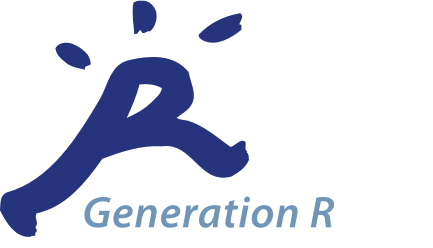-
measure Columbia Card Task (CCT)
Study: Generation R Mode of collection: MeasurementsAndTests Behavioral/cognitive task Available measurements: Main Cohort 9-10 yearsThe Columbia Card Task (CCT) is a psychological test that measures cognitive functions related to executive functioning, such as planning, set shifting, decision-making, and inhibitory control. During the CCT, participants are presented with a deck of cards and are required to sort the cards based on different categories, with the rules for sorting...Created May 3, 2023 • Updated May 3, 2023 -
measure CITO score
Study: NTR Mode of collection: MeasurementsAndTests Behavioral/cognitive task Available measurements: Young Netherlands Twin Register YS_TRF5 YS_TRF7 YS_TRF10 YS_12 YS_TRF12 YS_DHBQP YS_DHBQ14 YS_DHBQ16 YS_DHBQ18 YC_BS1 YC_BS2 YE_ATTEF2 YS_CITO YS_DT YS_TRIP12The CITO-test is a standardized test for educational achievement that is administered in the final grade (when children are 11 or 12 years old) of elementary school. The CITO-test consists of multiple choice items in 4 different educational skills, namely Arithmetic, Language, Study Skills, and Science and Social Studies. All scores on the scales are...Created March 28, 2023 • Updated April 4, 2023 -
measure Fictievragenlijst (FVL-1) - Reading behavior
Study: YOUth Mode of collection: SelfAdministeredQuestionnaire Available measurements: Child and Adolescent 9 years 12 yearsThe Fictievragenlijst (FVL-1) - Reading behavior is a questionnaire to assess reading behavior. We specifically used the questions about which kind of books or other reading materials are being read.Created March 28, 2023 • Updated March 30, 2023 -
measure Peabody Picture Vocabulary Task (PPVT)
Study: YOUth Mode of collection: MeasurementsAndTests Behavioral/cognitive task Available measurements: Baby and Child 3 years 6 years
Child and Adolescent 9 years 12 yearsThe Peabody-Picture vocabulary task (PPVT (Dunn and Dunn, 1981); for Dutch, the PPVT-III-NL (Dunn and Dunn, 2005)) is a widely used computer task to evaluate a participant’s vocabulary size for his or her age, and serves as a proxy of general language performance. It is normed for participants up to 90 years of age. Participants see on each trial an array...Created March 28, 2023 • Updated March 30, 2023 -
measure Clinical Evaluation of Language Fundamentals (CELF) - Pragmatics
Study: YOUth Mode of collection: SelfAdministeredQuestionnaire Available measurements: Baby and Child 3 years 6 years
Child and Adolescent 9 years 12 yearsThe Clinical Evaluation of Language Fundamentals (CELF) was designed to assess general language ability and specific language domains, and screen for language disorders in children and youth between 5 and 18 years. The Preschool version is meant for toddlers between 3 and 6 years old. The CELF consists of many subscales, such as Concepts and Following...Created March 28, 2023 • Updated March 30, 2023 -
measure Delay Discounting - hypothetical
Study: YOUth Mode of collection: MeasurementsAndTests Behavioral/cognitive task Available measurements: Child and Adolescent 9 years 12 yearsThe Delay Discounting task is the most widely used paradigm to measure the capacity to wait for a hypothetical monetary reward in children between 8-18 years old. A child is given a series of option between a variable immediate monetary reward and 10 Euros after a certain delay. The delay of the 10 Euro reward varies between 2, 30, 180, or 365 days. Each...Created March 28, 2023 • Updated March 30, 2023 -
measure Child Gap Antisaccade
Study: YOUth Mode of collection: MeasurementsAndTests Eyetracking Available measurements: Baby and Child 6 years
Child and Adolescent 9 years 12 yearsThe Gap-overlap task is a gaze contingent paradigm that measures visual attention shifting between a central and a peripheral stimulus. This is thought to be a key sub process underlying behavioral control. The Gap-overlap task contains three conditions; i) Gap, in which the central stimulus disappears 200ms before the appearance of the peripheral target;...Created March 28, 2023 • Updated March 30, 2023 -
measure Wechsler Intelligence Scale for Children (WISC)
Study: YOUth Mode of collection: MeasurementsAndTests Behavioral/cognitive task Available measurements: Child and Adolescent 9 years 12 yearsThe Wechsler Intelligence Scale for Children (WISC) is an IQ test for children of 6-17 years of age to determine general intelligence. It generates a full scale IQ (formerly known as an intelligence quotient or IQ score) that represents a child's general intellectual ability. The most common primary index scores are the Verbal Comprehension Index, the...Created March 28, 2023 • Updated March 30, 2023



